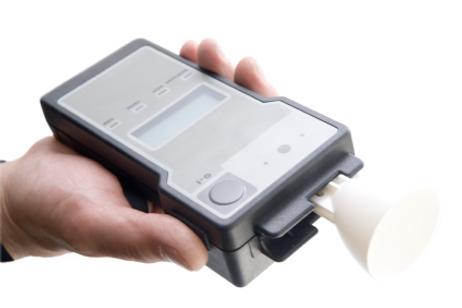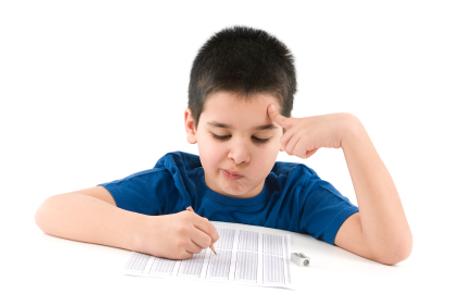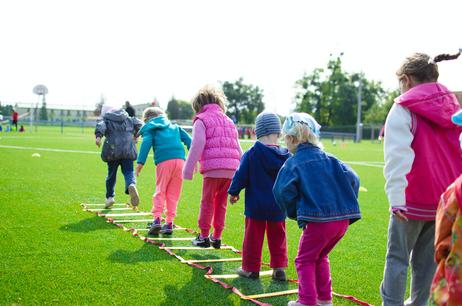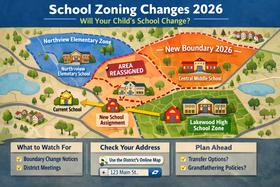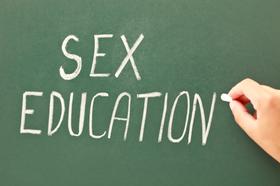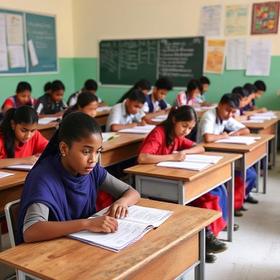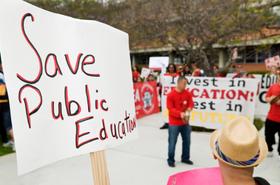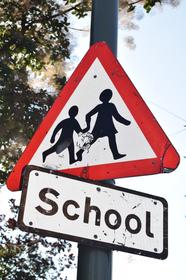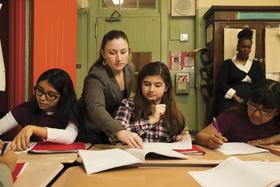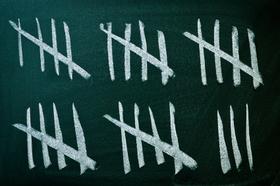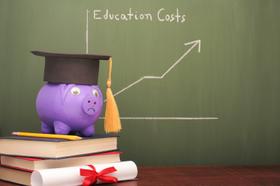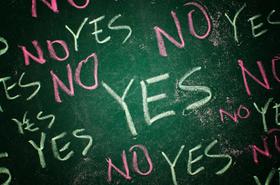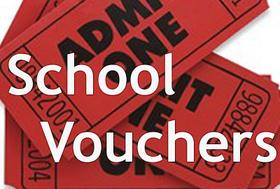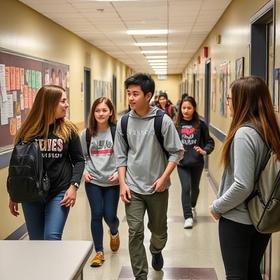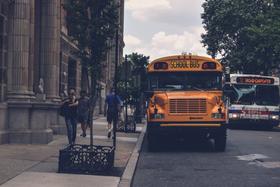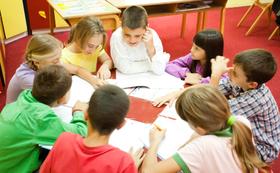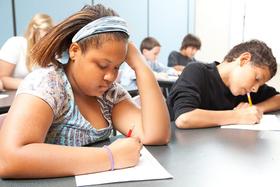A private high school in Illinois is raising the stakes on testing. However, the testing in question is not standardized examinations or even pop quizzes in the classroom. This school is adding testing for alcohol consumption to its current tests that randomly screen students for drug use.
Hair Test Detects Alcohol Consumption
The reports that St. Viator High School in Arlington Heights, Illinois, will unveil its random alcohol testing at the start of the new school year. The private Catholic high school has been testing students for drug use for several years and now will use a similar test to check up on students’ alcohol consumption. The alcohol test is a new addition, and the high school will be one of the first in the country to try out this new testing method.
“We’re adding this test because we care about our kids, and we want them to be the best God created them to be,” St. Viator President Corey Brost said at the Huffington Post.
This video describes how Southington High School in Southington, Connecticut, will use a $600 alcohol-detection device similar to a Breathalyzer to screen students for alcohol consumption.
The new test will use hair samples, about the width of pencil lead, to reveal any alcohol use by the student. The test provides information about students who have had two to three drinks a week

